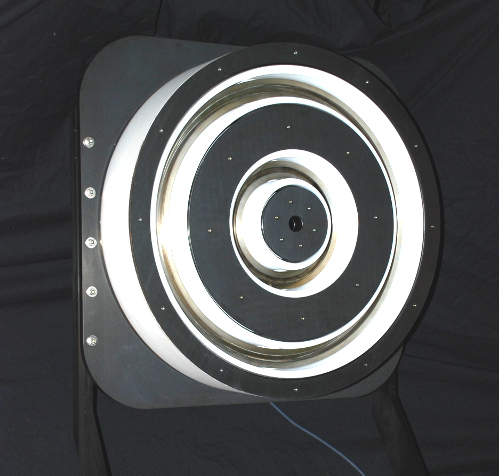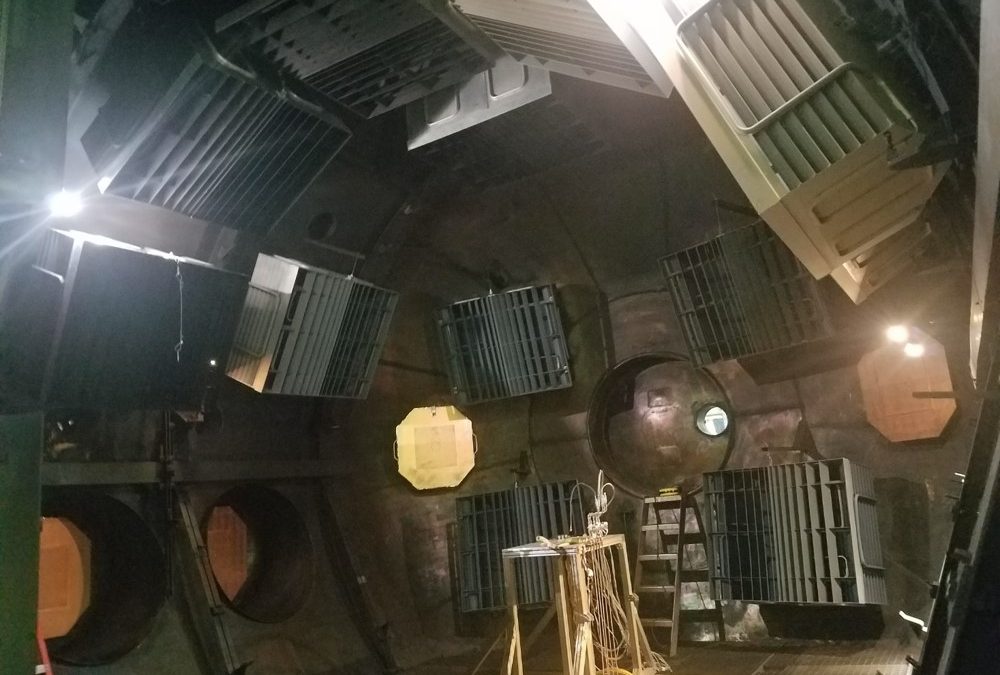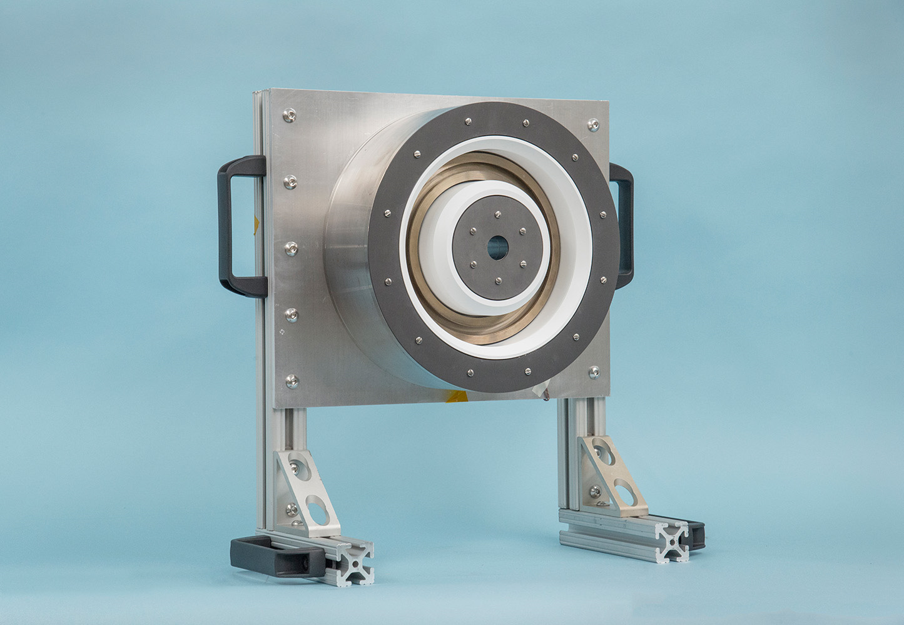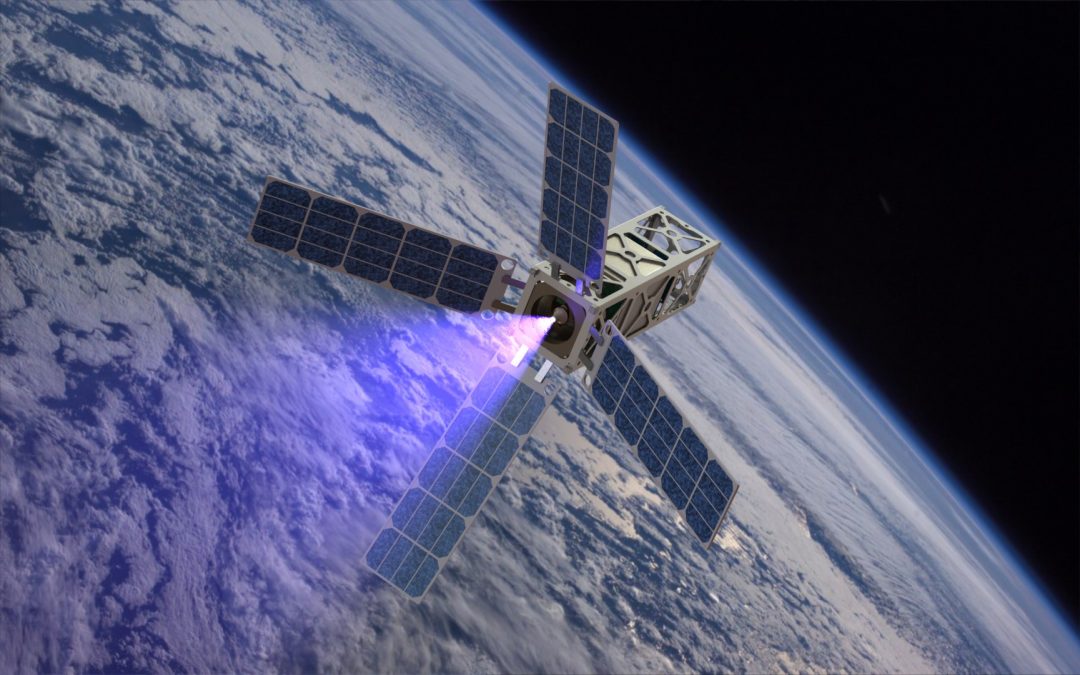
by Thomas Marks | Jan 13, 2020
Research Area Advanced Electric Propulsion Concepts All currently-flown EP systems are restricted to power levels between 100 W and 10 kW. Developing lower-power systems in the 10-W-or-lower-class would dramatically increase the range of missions available to...

by Thomas Marks | Jan 13, 2020
Research Area Facility Effects and Spacecraft-Thruster Interactions Erosion is the key life-limiting factor for all extant thrusters. Recent advances have seen thruster erosion rates plummet. While this drastically improves mission lifetime, it also means that the...

by Ethan Dale | Oct 4, 2019
Thruster 33-kW Nested Channel Magnetically-Shielded Hall Thruster (N30) The N30 after first assembly. Developed 2018-2019 Approx. Specs. Ø50 cm x 15 cm, 100 kg Tested at PEPL 2019 – ongoing Developer PEPL, NASA JPL The N30 is a 30-kW class dual-channel...

by boxcar-admin | Jan 1, 2015
Thruster 9-kW Magnetically-Shielded Hall Thruster (H9) The H9 in operation. Developed 2015-2017 Approx. Specs. Ø30 cm x 15 cm, 20 kg Tested at PEPL 2016 – ongoing Developer PEPL, AFRL, NASA JPL The H9 is a single channel magnetically shielded Hall thruster...

by Ethan Dale | Jan 1, 2013
Thruster CubeSat Ambipolar Thruster (CAT) CAT being set up for an experiment Developed 2013 Tested at PEPL 2013 – 2016 Developer PEPL, NASA, DARPA, Phase Four Inc. The CubeSat Ambipolar Thruster (CAT) is a thruster designed as a propulsion system for CubeSats....






